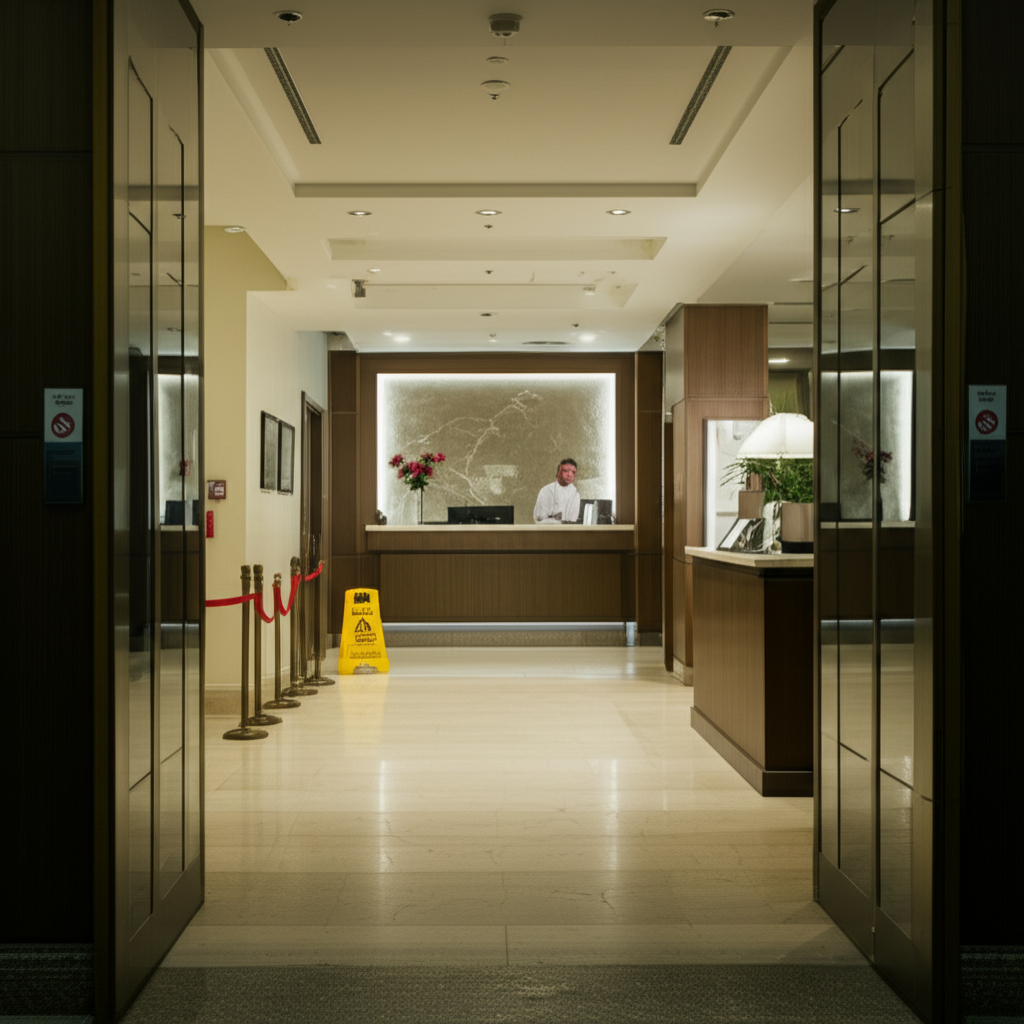Hotel Safety and Security: Prioritizing Guest Well-being
In today’s environment, ensuring the safety and security of guests is paramount for U.S. hotel managers. Recent incidents highlight the critical need for robust security protocols and proactive risk management strategies. Maintaining a safe environment not only protects guests and staff but also safeguards the hotel’s reputation and financial stability.
Risk Assessment and Security Measures
Conducting regular risk assessments is the first step toward creating a secure environment. This involves identifying potential vulnerabilities, such as inadequate lighting, unsecured access points, and insufficient surveillance. Based on these assessments, implement appropriate security measures, which may include:
- Upgrading surveillance systems with high-resolution cameras and comprehensive coverage.
- Enhancing access control through keycard systems and controlled entry points.
- Increasing security personnel presence, particularly during peak hours and special events.
- Improving lighting in parking areas, walkways, and other outdoor spaces.
Emergency Preparedness and Response
Developing and implementing comprehensive emergency preparedness plans is crucial. These plans should address a range of potential scenarios, including:
- Medical emergencies.
- Fire.
- Natural disasters.
- Security breaches.
Regular training exercises and drills are essential to ensure that staff members are well-versed in emergency procedures and capable of responding effectively. Establish clear communication protocols and evacuation procedures. Maintain updated contact information for local law enforcement, fire departments, and medical services.
Guest Awareness and Communication
Inform guests about the hotel’s security measures and emergency procedures. This can be achieved through in-room informational brochures, signage, and verbal communication during check-in. Encourage guests to report any suspicious activity or security concerns to hotel staff immediately. Consider implementing a system for guests to easily contact security personnel in case of an emergency.
Staff Training and Vigilance
Investing in comprehensive staff training is essential for maintaining a safe and secure environment. Training programs should cover topics such as:
- Security protocols and procedures.
- Emergency response procedures.
- Conflict resolution techniques.
- Identifying and reporting suspicious activity.
Empower staff members to be vigilant and proactive in identifying and addressing potential security risks. Encourage them to report any concerns or observations to management promptly.
Proactive Communication and Reputation Management
In the event of an incident, proactive communication is critical. Develop a crisis communication plan to address media inquiries and guest concerns effectively. Transparency and empathy are essential for maintaining trust and minimizing reputational damage. Monitor social media and online reviews to identify and address any negative feedback related to safety or security concerns.
By prioritizing safety and security, U.S. hotel managers can create a welcoming and secure environment for guests, protect their staff, and safeguard their business’s long-term success.
Source: 8newsnow.com




